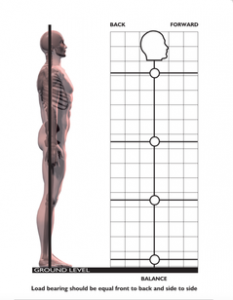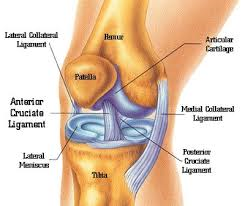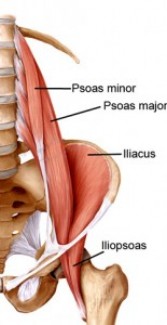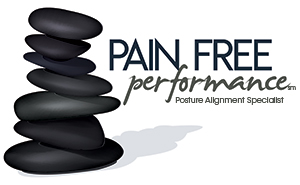Most of the clients we see are in pain. These clients come to us for relief with their knee pain, back pain, hip pain, and shoulder pain. Oftentimes, our clients have been to chiropractors, physical therapists, doctors, massage therapists, and acupuncturists that have been unable to create a lasting change with their muscle and joint pain. This can be challenging for our clients because their journey for pain relief has already taken weeks and months before we meet our clients for the first time.
In order to create lasting pain relief, as Postural Alignment Specialists that practice The Egoscue Method, we assess the muscular imbalances in their bodies. This begins through a complete health assessment and history to understand the patterns of movement (or lack of movement) that led to pain. We complete postural photos to see how their joint position aligns against a grid to understand how their joints are loading. This can reveal if an elevated shoulder and hip are leading to the back pain or if a forward head position is causing the shoulder pain. Finally, we complete a series of functional testing and gait analysis to determine what muscles are active or inactive that are resulting in muscular compensation and pain.
When our clients leave their first postural alignment session, they can expect to feel a change in their body. This often results in a decrease in pain. If a client’s body has compensated for years, they might notice feeling “lighter” or “straighter” after doing their Egoscue therapy exercises. This is a sign that their body is becoming more functional and balanced.
The work towards alignment and health takes time and effort. Our muscle memory begins to take effect in 90 days and is often the time our clients begin to notice less pain due to their enhanced alignment. Change is not always linear and might result in peaks and valleys. We encourage clients to remain focused on what is changing. Our cells and tissues are constantly adapting and we will continue to adapt new exercises and stimuli to create a change in the muscle structure. One of the great benefits of our bodies is that they are dynamic and constantly in motion. This is why the method works! Now, let’s get moving!





